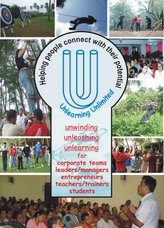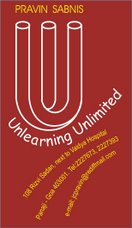On Saturday I watched the film ‘K Sera Sera’ once again. Produced by Rajesh Pednekar and directed by Rajeev Shinde, two long-time collaborators in creativity, the Konkani film has brought together the country’s best technicians, a well written screenplay and a marvellous ensemble cast led by Palomi Ghosh and Pednekar. It presents two stories that explore the theme of ‘whatever will be, will be’.
‘Que Sera Sera’ has been a popular song, written by Jay Livingston and Ray Evans, in the 1956 Hitchcock film ‘The Man Who Knew Too Much’, starring Doris Day and James Stewart. The Spanish words point out that some things are beyond our control. The deeper meaning is to accept that we cannot change everything we wish to.
The message is to choose to accept. It is a philosophy that life rolls on, moving from highs to lows. We must move beyond wanting to change everything. Of course, we must change the things we can. We must put efforts in changing things we feel we should. But if can’t change them, we must not fret and sweat.
This does not mean we should retreat to escapism or pessimism. It is not about giving up. It is about avoiding the needless burden of onus on self for things that don’t go your way. It is about pointless worries for the future. It is about over emphasis on insisting that efforts must lead to only desirable outcomes.
When we are stressed out by disproportionate suspicions about eventualities or unnecessary uncertainties, we must choose to see the positive philosophy of ‘Que Sera Sera’. It gives us the strength to face accidents like the passing away of a dear one, the failure despite the best efforts, the fears of the unknown future.
Future haunts when worries we nourish…
‘que sera sera’ allows positive to flourish!
~ Pravin Sabnis
‘Que Sera Sera’ has been a popular song, written by Jay Livingston and Ray Evans, in the 1956 Hitchcock film ‘The Man Who Knew Too Much’, starring Doris Day and James Stewart. The Spanish words point out that some things are beyond our control. The deeper meaning is to accept that we cannot change everything we wish to.
The message is to choose to accept. It is a philosophy that life rolls on, moving from highs to lows. We must move beyond wanting to change everything. Of course, we must change the things we can. We must put efforts in changing things we feel we should. But if can’t change them, we must not fret and sweat.
This does not mean we should retreat to escapism or pessimism. It is not about giving up. It is about avoiding the needless burden of onus on self for things that don’t go your way. It is about pointless worries for the future. It is about over emphasis on insisting that efforts must lead to only desirable outcomes.
When we are stressed out by disproportionate suspicions about eventualities or unnecessary uncertainties, we must choose to see the positive philosophy of ‘Que Sera Sera’. It gives us the strength to face accidents like the passing away of a dear one, the failure despite the best efforts, the fears of the unknown future.
Future haunts when worries we nourish…
‘que sera sera’ allows positive to flourish!
~ Pravin Sabnis



